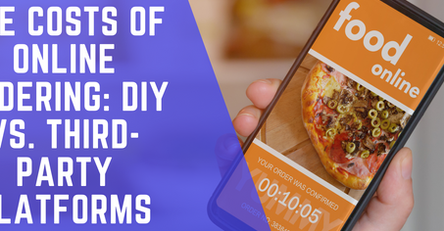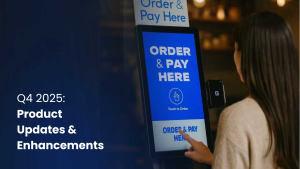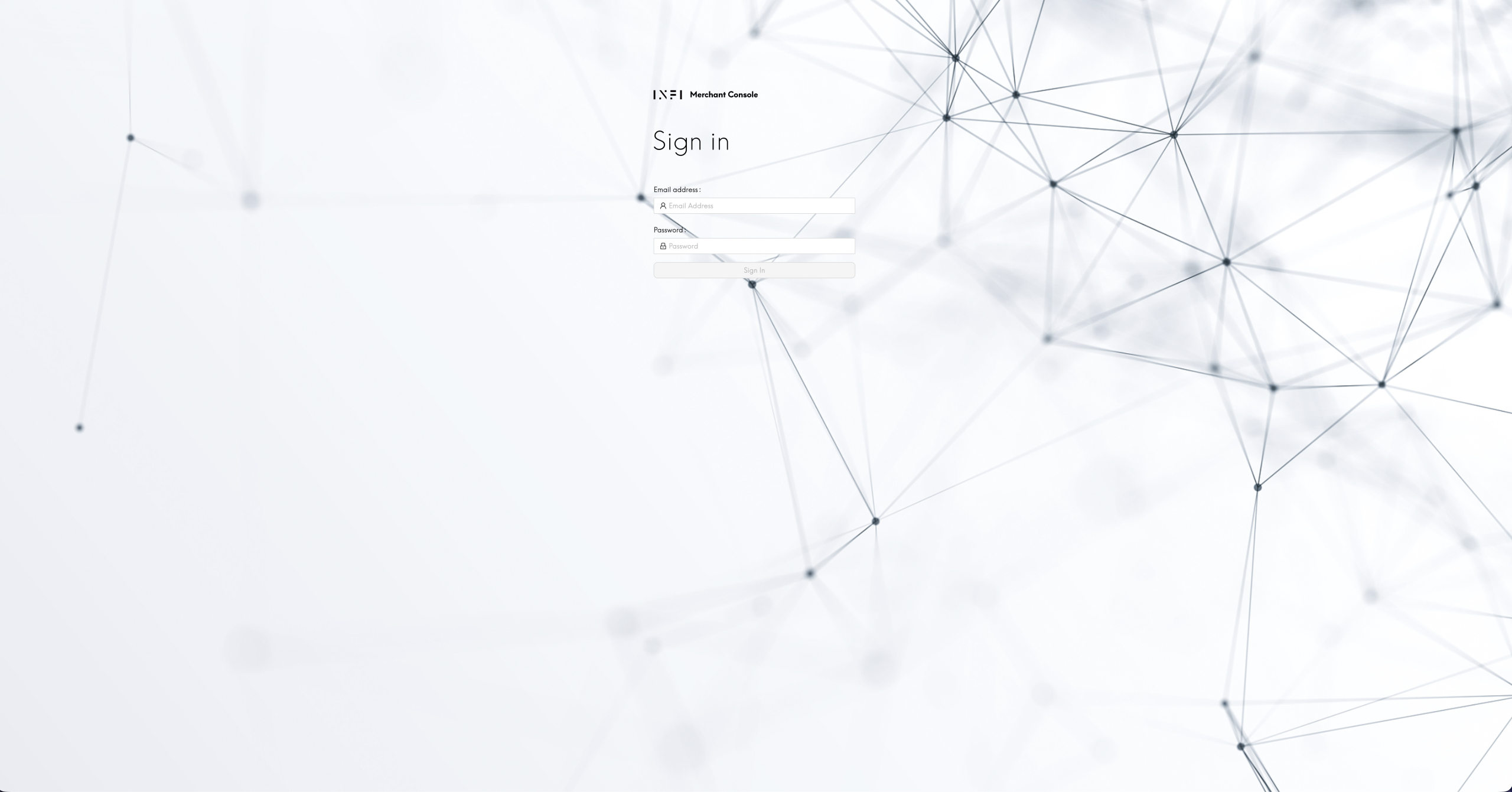Point of Sale (POS) Purchases: Here’s What You Should Know
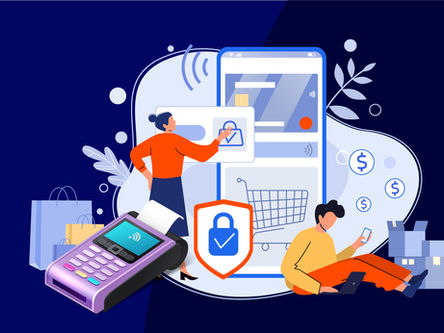
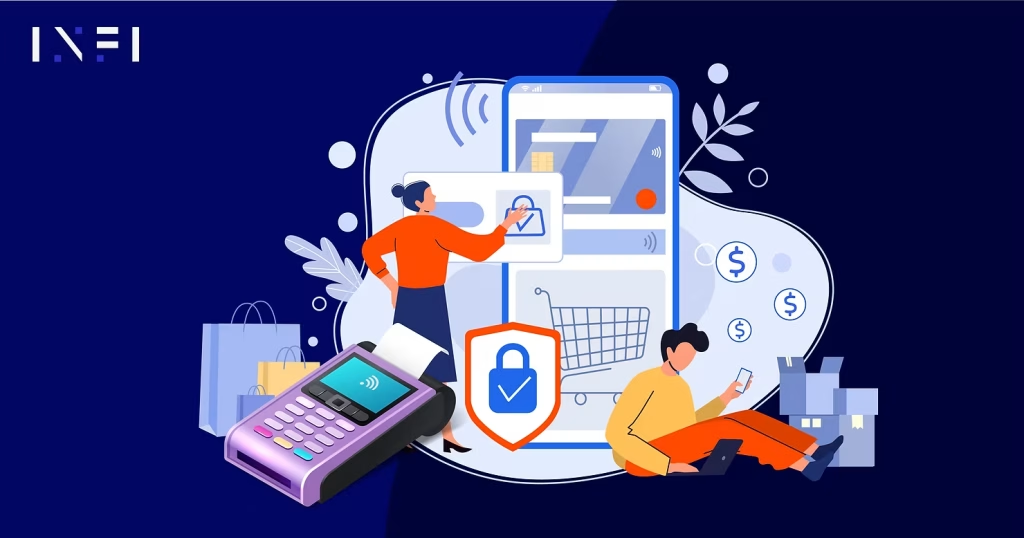
When a customer makes a purchase using their credit card, debit card, cash, or check, that point in the purchase process where the money gets exchanged for the goods is known as the point of sale. Point of sale, or POS, ends every purchase, and is the point in the process where goods are exchanged for money. As such, POS systems are an important part of a business’s overall structure. Today’s POS systems are constantly evolving. Fast food businesses and retailers are increasingly relying on self-service terminals to help them take payments.
Understanding the point-of-sale transaction process and all that goes into making a sale with modern POS systems is vital to the modern business. In this guide, we’ll cover everything you need to know about POS purchases.
What Is a Point of Sale (POS) Purchase?
As we mentioned earlier, a point of sale purchase is the purchase that takes place at the POS terminal, where money or payment is collected in exchange for a product or service. It involves a payment processing system that collects payment, along with data about what the customer purchased and how the purchase was made. POS systems often work alongside inventory management systems to provide accurate data about how much inventory the small business has on hand. Real-time sales records can also come from the POS system. All of this data helps the business make informed decisions about its operations, while also making the purchase process as smooth as possible for the customer.
A POS system consists of two parts: POS hardware and POS software. POS hardware refers to the physical cash register, receipt printer, and barcode scanner used to take purchases. It can also include a point of sale terminal, or the mobile POS equipment used to take payments tableside at a restaurant.
POS software refers to the software that tracks inventory and sales data and communicates with the customer’s bank or credit card provider about the purchase.
Point of Sale (POS) vs. Point of Purchase (POP)
POS is often confused with another term, and that is the point of purchase (POP). The point of purchase and the point of sale are not the same thing, though they both lead up to the final purchase transaction. Understanding the slight difference between the two will help you define your terms as you work to improve your cash flow and streamline your business operations.
Point of Purchase (POP) Defined
Point of purchase refers to the point in the buying process where the buyer decides to purchase the item. This can happen at the POS terminal, which is most often the case at a restaurant, but it can also happen somewhere else in the process, such as at a kiosk in a retail store.
Point of purchase is broadly defined. It is seen from the customer’s point of view, and can include the entire physical store (if the store’s layout directs the customer to the purchase), or it can be something smaller, like a window display. Even the products themselves can be part of the POP decision.
POP marketing is designed to encourage people to buy items. It encourages impulse buys, so customers will buy items they didn’t originally come to the store or business to purchase. When done well, POP marketing will increase sales figures.
Point of sales system is also often confused with Kitchen Display System (KDS), check out our article on which one is right for your business.
Types of POS Purchases (or Charges)
POS purchases take place at the point of sale terminal. The technology used to take payments and print receipts is known as a point of sale or payment system. The system communicates with the customer’s bank to create a report on the bank statement. These purchases are often called charges, and include the following transaction types:
Debit or Credit Card Purchases
If a customer pays with a credit or debit card, it will show up as a charge on their checking account or credit card statement. Often, it will show up with the name of the business and the words “POS transaction,” particularly if you use your debit card. Each bank or payment card company has its own way of displaying this data on your statement, but there should be enough information that the customer can determine where they made the purchase.
Unauthorized Charges
An unauthorized charge will not necessarily be clearly flagged as unauthorized, but it will show up as a charge on the customer’s bank statement that they may not recognize. The customer can dispute these charges in order to get their money back. Any POS charges mean someone bought something using the customer’s card, which can indicate a serious problem like theft.
Online POS Transactions
If a customer shops in an ecommerce store, they will not directly interact with your POS system when processing transactions. However, the charge will still show up on their bank statement as a POS payment. It likely will say “POS Online,” or state the name of the website or online store.
Looking for more information on how to set up online ordering system? Check out our guide on the topic.
Product Returns
Product returns can also be made through the point of sale system. These show up on the customer’s bank statement as a credit, not a debit, and they can also show up on bank statements similarly to POS purchases.
Types of POS Fees
On the merchant side, POS systems carry fees that a business needs to understand when choosing the best system to fit their requirements. Whether you have a self-service kiosk or a traditional cash register-based POS system at your restaurant, you will pay some fees for using this payment option. Here’s an overview:
Processing Payments
A POS system will charge a fee for processing payments. Payment processing fees are usually a small percentage of the total charge, like 2.5-3%, plus a flat 10 to 30 cents per transaction. Some payment processors will charge one flat per-transaction fee. Business owners receive this charge every time someone runs a debit or credit transaction.
Total Number of Registers
If a restaurant has more than one register and wants to add all of them to its POS system, then there may be an added fee for multiple registers. The total number of registers directly impacts how much the system costs.
Cost of Card Reader and Receipt Printer
The credit card reader and receipt printer themselves are going to add to the cost of the POS system. While this is not a monthly fee, it is an upfront cost that a business owner will need to consider when purchasing a system for their restaurant.
Contactless Payment Options
If you plan to incorporate contactless payment methods or a mobile POS system, you should know that these options can come with extra costs. Since the outbreak of the COVID-19 pandemic, customers are seeking these options more than ever, and restaurant owners are trying to keep up. Meeting this demand is critical these days, but be mindful that options like allowing customers to pay via smartphone or digital wallet may charge an additional fee.
Self-ordering kiosk can also be turned into digital signs in your restaurant, check out our guide on how to use digital signs to your advantage.
For more information on the cost of restaurant POS systems, check out our guide: How Much Do Restaurant POS Systems Cost? We also offered tips for generating ROI on POS purchase.
Answers to POS-Related FAQs
As you consider a POS system for your restaurant or other small business, you may have some questions about them. You may even have customers with questions about your POS system. Here are some of the most common questions about POS systems and their use of credit card information, which may help clarify things for you, your staff, and your customers.
How Do I Stop a POS Transaction?
After authorizing a POS transaction, stopping it is not easy. These transactions happen almost immediately. The best option is to run a return on the transaction, which also happens quickly.
Some POS systems do have a cancel feature that the person working the cash register can run soon after the transaction takes place. If the customer or business employee notices an error, they can use this feature to quickly stop the transaction and start over.
If the POS transaction is showing as “pending” on the customer’s bank account, the bank may be willing to cancel it if the business owner shows they are not intending to debit the money.
Can a POS Transaction Be Traced?
Yes, POS transactions can be traced by the bank in instances of fraud. POS software programs collect enough credit card and transaction-related data to see key details like the location of the transaction, what card was used, and whether or not the person used a PIN.
What Are POS Surcharges?
Some retailers do not build wiggle room into their pricing structures to cover the cost of POS credit card fees. They then pass these fees on to the customer through surcharges. Business owners must disclose these if they charge them. They also have the option to set minimum purchase requirements to make the credit card fees worth paying.
What Are Some Alternatives to Traditional POS Systems?
A POS system is a good option, but you don’t have to have one for your business to take credit or debit card payments. You could use mobile credit card readers, like Square POS, that attach to tablets or smartphones to take online payments — even in a brick-and-mortar establishment. Mobile POS is popular in restaurant settings because wait staff can take the system directly to the customer to let them check out at their table.
Elevate Your POS With INFI
If you are looking for a way to elevate your POS process, consider INFI. Our self-service kiosks can give your customers a greater level of control over their purchases, all while helping you manage your labor costs more effectively and potentially increase your sales.
Designed for restaurants and similar small businesses, the INFI system can eliminate the need for a checkout counter without hurting your customer experience. Schedule a demo today to learn how INFI’s POS solutions can benefit your business.
If you need more help with managing your restaurant, check out our guide for restaurant blogs that could help you by providing useful resources for restaurant owners and managers.
Related Posts
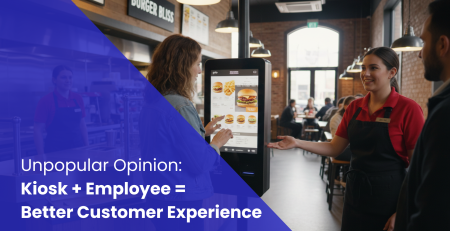
Unpopular Opinion: Kiosk + Employee = Better Customer Experience
For years, the conversation around self-service kiosks has been framed as kiosks versus employees. Either you automate and lose the...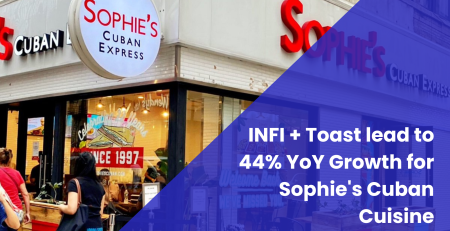
Case Study: Sophie’s Cuban Cuisine Drives Revenue Growth with Advanced Self-Order Kiosk Technology
Client: Sophie’s Cuban Cuisine Industry: Fast Casual Dining Locations: 11 Point of Sale: Toast Key Stakeholder: George J. Cestero, COO & IT/Digital Marketing Director...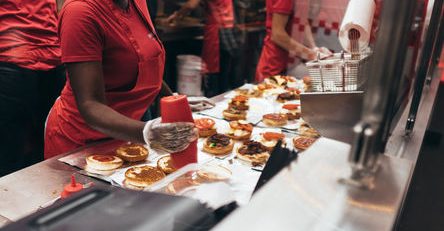
6 QSR Trends That Are Changing the Restaurant Industry
Today, QSR establishments continue to see ongoing changes in response to social and technological developments. We’ve compiled six of the...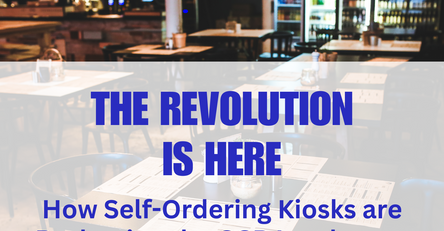
The Revolution is Here: How Self-Ordering Kiosks are Reshaping the QSR Landscape
One particular innovation has started to significantly reshape the QSR industry landscape—self-ordering kiosks.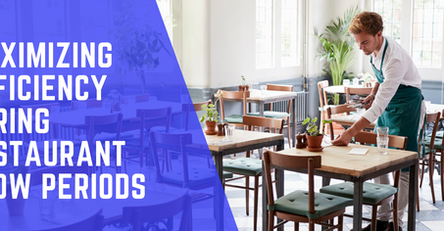
Maximizing Efficiency During Restaurant Slow Periods: A Digital Approach
This blog post explores how to navigate these slow periods effectively, focusing on digital investments and smart strategies to enhance...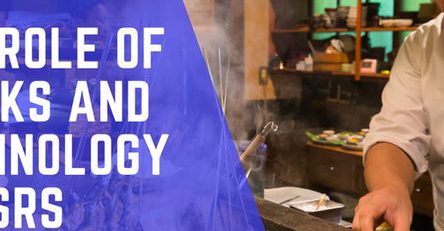
Navigating the Future of QSRs: The Role of Kiosks and Technology
We went through these articles and skimmed through the almost 500 comments to get some insight on how people are...
How to Open a Pizza Place: Step-by-Step Guide & Tips
If you’re considering starting a pizza place, follow this comprehensive guide to ensure your success.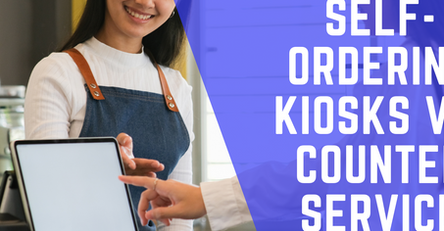
Comparing Self-Ordering Kiosks vs. Traditional Counter Service: Which Is Right for Your Restaurant?
This article delves into the pros and cons of self-ordering kiosks versus traditional counter service to help you determine which...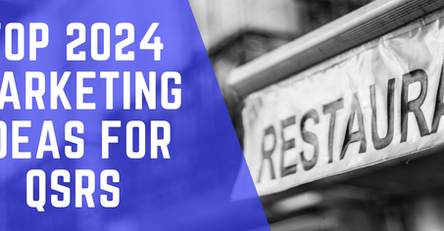
Top Marketing Ideas for Quick Service Restaurants (QSRs)
QSRs need to leverage creative approaches to boost brand visibility and drive sales. Here are some top marketing ideas...